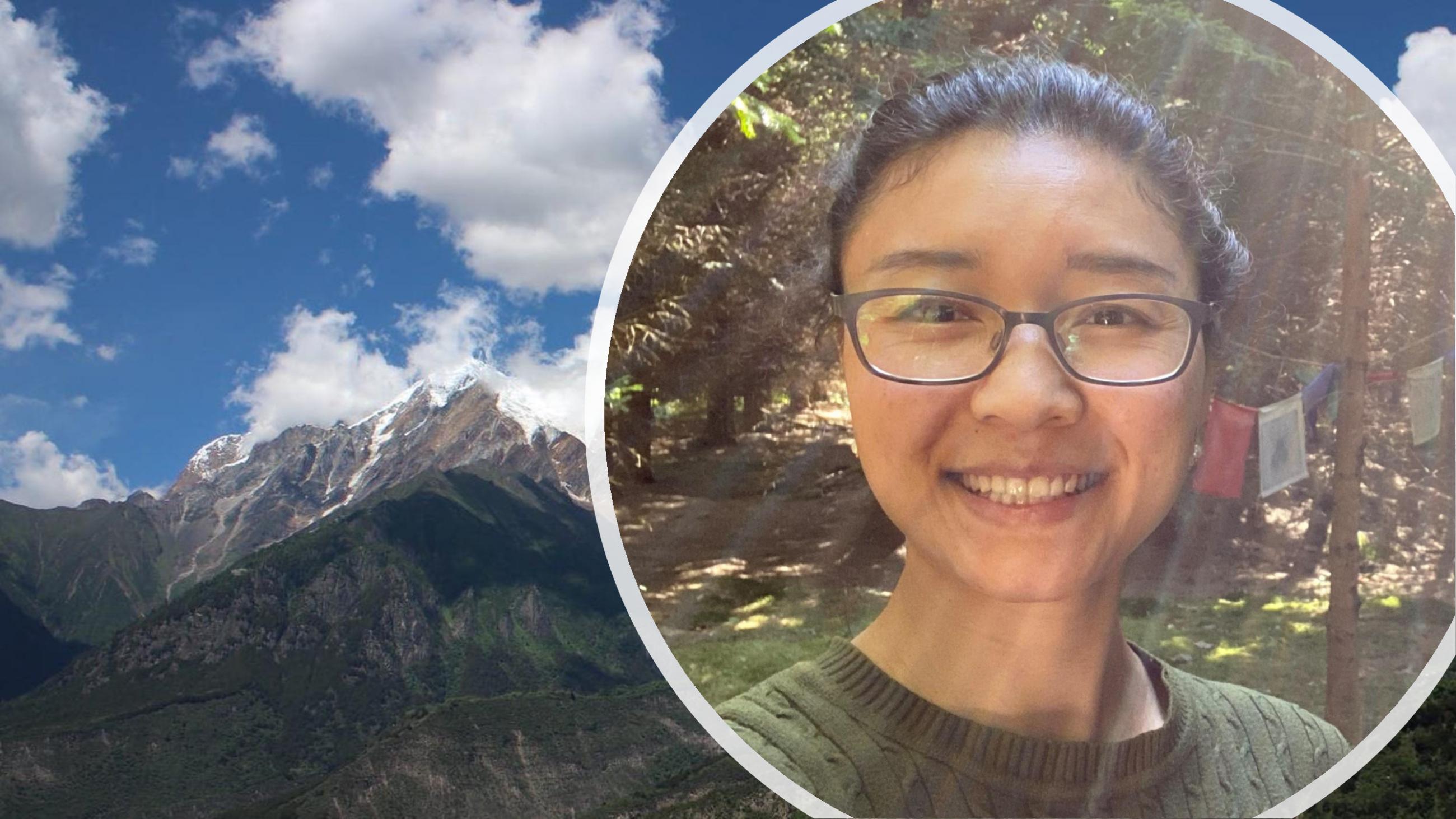Tibetan medicine practices in Estonia: from a fellow practitioner to an anthropologist
Anthropology MA candidate Zhou Maojia has been teaching Tibetan medicine in Estonia already since 2015. Her research interest how a tradition is adapted in a completely different context, brought her to study it from an anthropological point of view at Tallinn University.

Growing up in Tibetan Autonomous Region in PRC, I had experienced the psychosomatic effect of Tibetan manual therapies and healing mantras since young and this sparked my initial research interest in Sowa Rigpa (Tibetan medicine). I began to study Sowa Rigpa in 2012. In 2015, I moved to Estonia to work with an NGO known as EATTM (Estonian Academy for Traditional Tibetan Medicine) to spread Sowa Rigpa culture.
The tradition was is relatively new in Estonia but gathered a significant number of interested people from the start. In the early 2000s, Anu Rootalu-Wachsmann invited Dr.Nida Chenagtsang to teach becoming a Sowa Rigpa practitioner. More than a hundred people gathered and around seventy people completed trainings featuring Tibetan medicine theories, manual therapies, healing mantras, and breathing exercises. About ten people remain active as full-time therapists until present. Besides Sowa Rigpa treatments, these therapists offer other healing models that Estonians place in the same category, such as Chinese medicine, physiotherapy, and herbal medicine. The practitioners usually deal with three main types of patients; sufferers of chronic conditions; those who believe they need a detox after biomedical treatment for cancer or tumors, and those who follow New Age traditions and are open to trying new therapies to maintain well-being.
What is interesting from an anthropological point of view, is how local socioeconomic, cultural, and political context influences how Sowa Rigpa is represented, adopted, and practiced, resulting in new knowledge and practical approaches. For example, in Estonia, Sowa Rigpa practice’s legal status is not always clear. In contrast, in Tibetan Autonomous Regions, it is practiced in hospitals and is under a certain amount of health insurance coverage. The focus of my MA thesis in Audiovisual Anthropology is to explore how patients and health seekers influence the way health practitioners perceive health, illness, and their relation. How do the views on reproduction and sexuality of health practitioners affect patients? What role do the theories and culture of Sowa Rigpa play in the interaction of health practitioners and patients?
I do so by observing two active members of EATTM: one of them studied midwifery, and the other specialized in andrology; their medical fields concern reproduction and sexuality. They both studied allopathic medicine (to treat illness using biomedical drugs, radiation, or surgery) during their college years. However, one continued to practice andrology and became one of the most renowned andrologists in Estonia, working at a private clinic in Tallinn. The other chose to fully dedicate her time to herbal medicine and Sowa Rigpa, offering Sowa Rigpa training to Estonian-speaking people at rented spaces and seeing patients at her half-renovated old house in a small village 60 km west of Pärnu.
As my role changed from a fellow practitioner to a researcher, an anthropologist, I had to adjust my relationship to my informants in several ways. I started participating in their lives, learning more about what made them become health practitioners. Why did they find Sowa Rigpa relevant to their personal and professional lives? What are their expectations towards learning, practicing, and spreading Sowa Rigpa in Estonia? How does treating their patients influence the way they define health and illness? While my main focus was on the health practices, I wished to include some doctor-patient interactions in my fieldwork and filming process. Here, as an anthropologist, I faced several obstacles. Since I don’t speak Estonian fluently yet, it was sometimes challenging to explain my project and ask for permission to be present from the patient. Due to the sensitive nature of the situation, also the health practitioners often did not feel comfortable asking whether the patient agrees to be observed and filmed. I was lucky enough that two times when the patient spoke English, I could clearly explain my project and anthropological research ethics, we could establish rapport and trust and I was permitted to film.
Besides exploring how Sowa Rigpa is represented and practiced through the lived experiences and vernacular accounts of two health professionals, my thesis reflects on my personal growth in Estonia in the past six years as an immigrant and a cultural ambassador. There have been tensions and misunderstandings among the health professionals of biomedicine and non-biomedicine practitioners. In my thesis, I show that the lack of communication between the two, as well as patients’ complaints about non-biomedical treatments to the biomedical doctors often widen the gap. I hope this thesis will create space for health practitioners of biomedicine and non-biomedicine to vocalize their viewpoints and expectations regarding their relationship with health seekers for prevention and cure.
Tallinn University 2-year English-language MA programme is now open for applications. Find out more here